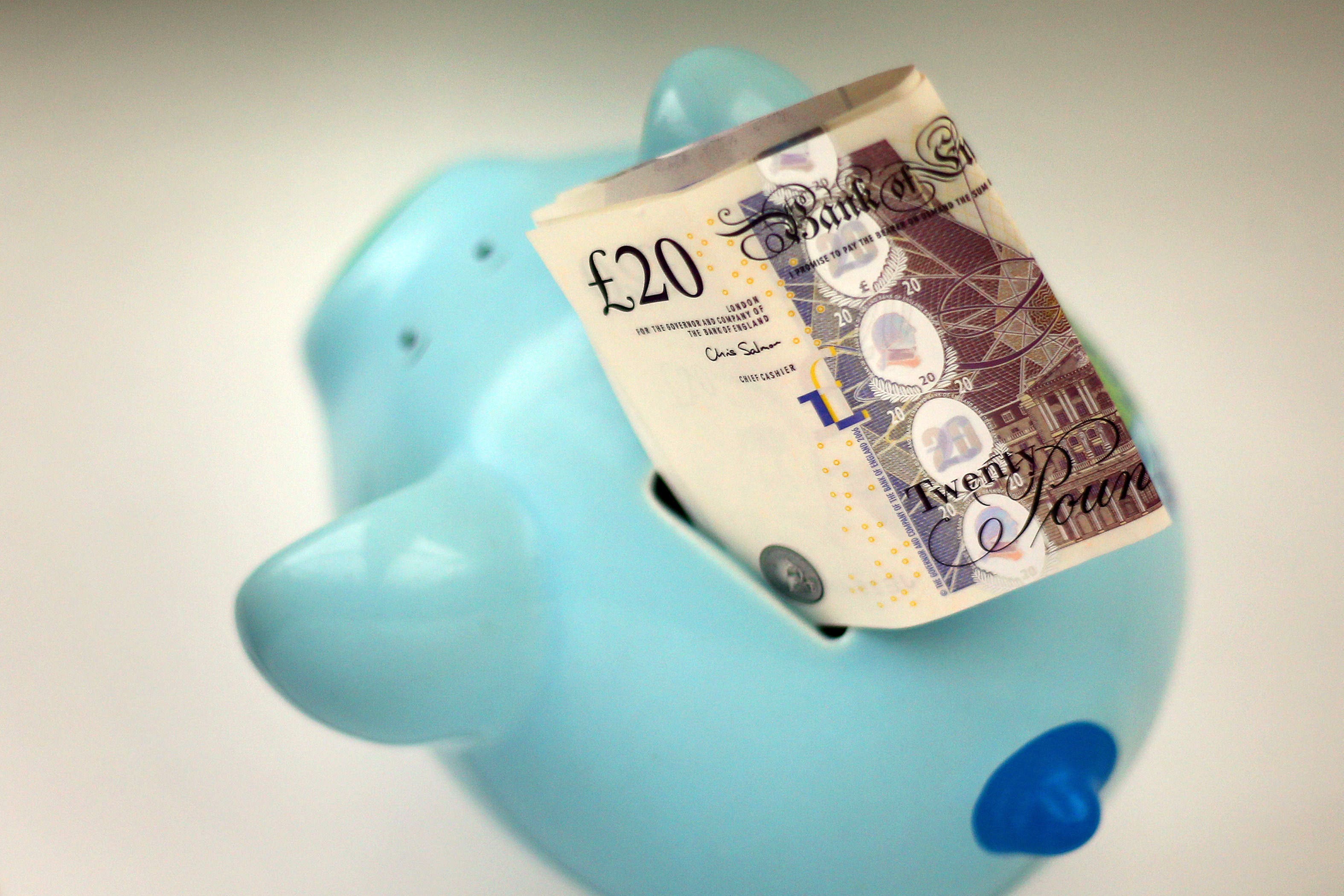Last-minute decisions for savers as new tax year looms
The new tax year starts on April 6, meaning savers have just days left to use their annual Isa allowance.

Savers have only days left to make the most of their allowances before the start of the new tax year this week.
The annual contributions limit for Isas will remain frozen in the 2023/24 tax year, which starts on April 6, at £20,000.
Cash savings rates have been improving in recent months. The average easy access Isa rate breached 2% in March and, at 2.01%, was at its highest point since February 2009, according to financial information website Moneyfacts.
A year earlier, in March 2022, the average easy access Isa rate was 0.30%.
For people able to lock their money away, the average one-year fixed-rate Isa on the market paid 3.56% in March this year.
Any money invested in a pension not only benefits from compounding over the long term - an effective way to counteract the damaging effects of high inflation - but also protects against income tax as the contributions attract tax relief
Alice Haine, a personal finance analyst at investment platform Bestinvest, said: “Those opting for an investment Isa don’t need to panic if they need more time to make an investment selection before the end of the tax year.
“They can simply store their money as cash and then drip feed it slowly into the markets at regular intervals.”
Ms Haine continued: “Another consideration is the personal savings allowance, which allows savers to earn interest on their income without paying tax.
“This has remained the same since 2016 – with basic rate taxpayers given a generous £1,000 personal savings allowance, those paying the higher 40% tax rate entitled to a £500 allowance and additional tax rate payers receiving no savings allowance at all.”
She said that with the Bank of England base rate now at 4.25% “more people could find their existing cash savings subject to tax”.
Ms Haine said one of the most straightforward ways people can reduce an income tax liability is to contribute to a pension.
She said: “Any money invested in a pension not only benefits from compounding over the long term – an effective way to counteract the damaging effects of high inflation – but also protects against income tax as the contributions attract tax relief.”
For other ways to reduce an income liability, taxpayers can also consider salary sacrifice, where an employee gives up a portion of their earnings in return for a non-cash benefit such as topping up a pension, a company car or a cycle-to-work scheme.
Ms Haine said: “This can be an effective way to tip your income into a lower tax band if your salary is about to move into a higher threshold.”
If you don’t need to access the money, you could consider redirecting any bonus payments this year into your pension
With several tax and savings thresholds remaining unchanged in the new tax year, some household budgets may feel a tighter squeeze from fiscal drag, where earnings growth pushes people into paying more tax.
The UK’s tax burden is expected to reach a post-war high of 37.7% of GDP in 2027-28, according to recently-published Office for Budget Responsibility (OBR) documents.
The standard income tax personal allowance – the amount of income someone does not have to pay tax on – will remain frozen next year at £12,570.
Think-tank the Resolution Foundation has said that if this had risen in line with 10.1% inflation, the threshold would have increased to around £13,840.
However, many benefits and the state pension are being uprated by 10.1%, alongside a 9.7% rise in the national living wage from April.
Millions of households receiving means-tested benefits will benefit from enhanced cost-of-living payments across 2023-24, as part of the support available to households on lower incomes.
Colin Dyer, a financial planning expert at abrdn, said: “Whether it be a cash Isa for an emergency fund, a Lifetime Isa which could help you save for your first home or retirement, or a stocks and shares Isa for slightly longer-term goals, there are various options to choose from.
“Also, if you want to save for your children or grandchildren, they get their own Junior Isa allowance of £9,000.”
He added: “For those lucky enough to receive a bonus this year, its payment will likely coincide with the tax year end.
“This timing can sometimes be tricky when it comes to tax planning. For some, the extra money means they are pushed into a higher tax bracket, which could see allowances and benefits lost.
“To avoid these issues, and if you don’t need to access the money, you could consider redirecting any bonus payments this year into your pension.”





